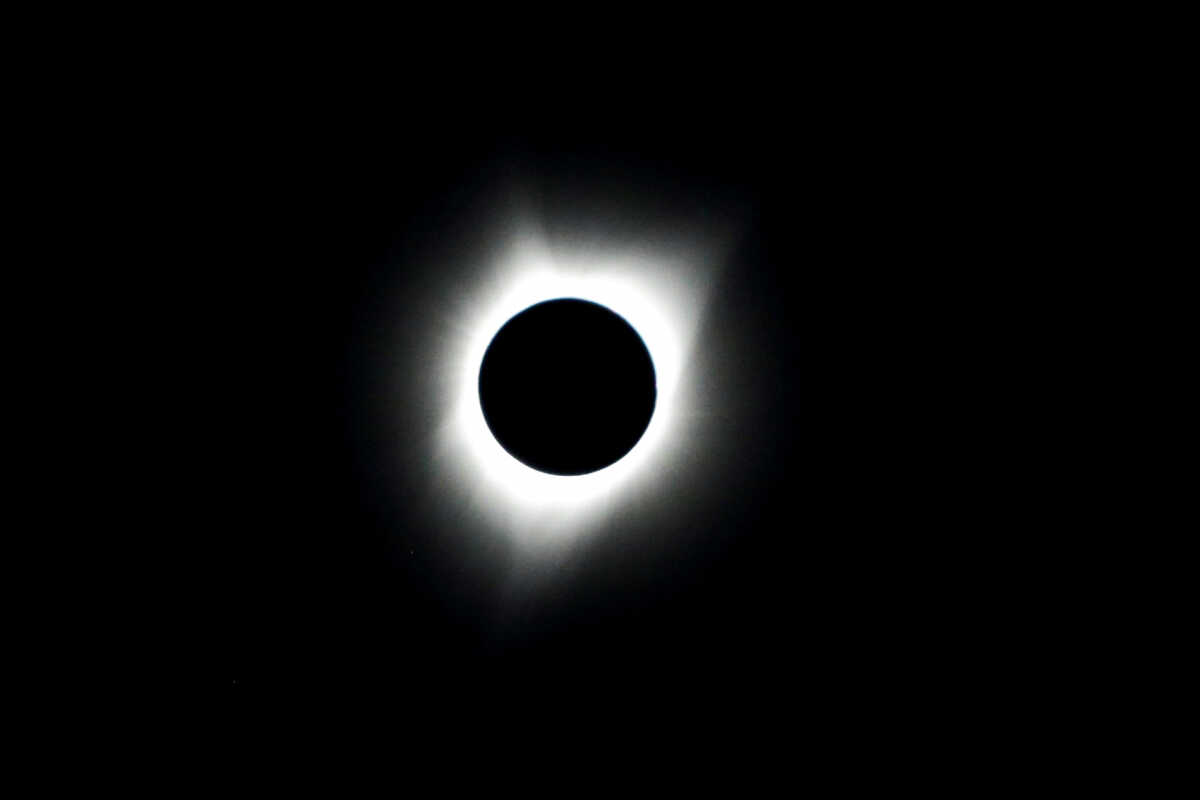
Excitement is rising on the other side of the Atlantic for a total solar eclipse on Monday, April 8, when much of North and Central America will have the opportunity to see the Moon pass in front of and cover the Sun.
It will be a total eclipse It was watched by millions of people in parts of North America, Mexico and Canada. It will start in the South Pacific Ocean, where the first areas in Mexico will observe it from the Pacific coast. The path of the eclipse will cross Mexico and continue in the United States through Texas, continue northeast of the country and then to Canada.
During the period of totality, when the moon's black disk replaces the sun, the sky will darken as if it were dawn or dusk, and viewers will have the opportunity to observe the corona, the sun's outer atmosphere. This stage can last up to four minutes. Outside the path of the total eclipse, people in nearby areas will have the opportunity to see a partial solar eclipse.
According to NASA, About 31.5 million people live along the eclipse's path. While more than 300 million people will have the opportunity to experience the partial eclipse. NASA has scheduled live coverage of the eclipse from 8pm Greek time zone and for three hours from locations throughout the United States. Live coverage will be provided from its website (www.nasa.gov/nasatv) with commentary and from its YouTube page https://www.youtube.com/watch?v=J5j95RUSLd8 with images from the telescopes only.
difference Professional and amateur astronomers, Astrophotographers and eclipse hunters from all over Greece are preparing to travel, some to the USA and others to Mexico, to observe and study the impressive astronomical phenomenon.
Among them is the astrophysicist V Visitor Center of the National Observatory of Athens, in Thissio, Fiori-Anastasia Metallinou, Which will travel to Durango, Mexico, with members of the Dioscuri Astronomical Union of Sparta. The total duration of the eclipse will be two hours and 41 minutes, and a total of three minutes and 47 seconds.
As Ms. Metalino explained to APE-MPE, in 2024 the Sun will be at its maximum solar activity, so all solar phenomena will appear more intense. “So, for this particular eclipse, weather permitting, we hope and expect to see more extreme solar phenomena, such as solar flares and protrusions. Even the Sun's corona will be more intense in the observations and measurements that will be made and in the images that will be taken.”
It highlights another interesting aspect of this particular totality: that it occurs 18 years after the 2006 totality that was visible from Kastellorizo. “These 18 years are periodic, called the Saros cycle, and were known to the ancient Babylonians and Greeks, who were thus able to predict eclipses. In this cycle, identical eclipses are repeated, so on April 8 we will witness an eclipse identical to the one that occurred in Kastellorizo.”
It is noteworthy that the next total solar eclipse is expected on August 12, 2024, and will be visible from Iceland, Portugal, Russia, and Spain.

“Avid problem solver. Extreme social media junkie. Beer buff. Coffee guru. Internet geek. Travel ninja.”







More Stories
In Greece Porsche 911 50th Anniversary – How much does it cost?
PS Plus: With a free Harry Potter game, the new season begins on the service
Sony set to unveil PS5 Pro before holiday season – Playstation